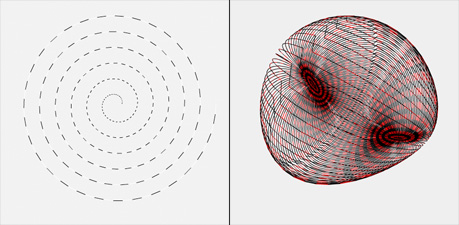-
[SWF(width=950, height=600)]
-
with (graphics) beginFill(0xefefef), drawRect(0,0,stage.stageWidth, stage.stageHeight);
-
var btn:Sprite = Sprite(addChild(new Sprite()));
-
with (btn.graphics) beginFill(0x666666), drawRect(0,0,100,20);
-
with(btn) x=320, y=430, buttonMode = true;
-
btn.addEventListener(MouseEvent.ROLL_OVER, function():void{
-
with(btn.graphics) clear(), beginFill(0x222222), drawRect(0,0,100,20);
-
});
-
btn.addEventListener(MouseEvent.ROLL_OUT, function():void{
-
with(btn.graphics) clear(), beginFill(0x666666), drawRect(0,0,100,20);
-
});
-
btn.addEventListener(MouseEvent.CLICK, function():void{
-
var res:*= ExternalInterface.call("function(){ plot=[]; colors=[]; " + txt.text + " return {plot:plot, colors:colors};}");
-
render((res == null) ? {plot:[], colors:[]} : res);
-
});
-
-
var v:Shape = Shape(addChild(new Shape()));
-
v.x = 700;
-
v.y = 220;
-
function render(obj:Object):void{
-
var plot:Array = obj.plot;
-
var colors:Array = obj.colors;
-
var leng:int = plot.length;
-
v.graphics.clear();
-
var inc:int = 0;
-
v.graphics.moveTo(plot[0], plot[1]);
-
for (var i:int = 2; i<leng; i+=2){
-
v.graphics.lineStyle(0,colors[inc++]);
-
v.graphics.lineTo(plot[i], plot[i + 1]);
-
}
-
}
-
-
-
var submit:TextField = TextField(btn.addChild(new TextField()));
-
submit.defaultTextFormat = new TextFormat("_sans", 12);
-
with(submit) textColor=0xFFFFFF, width=100, autoSize="center";
-
with(submit) mouseEnabled = false, text="submit";
-
-
var txt:TextField = TextField(addChild(new TextField()));
-
with(txt) x = y = 20, type = "input", multiline=true;
-
with(txt) width = 400, height = 400, border = true, background = 0xFFFFFF;
-
txt.defaultTextFormat = new TextFormat("Monaco", 12);
-
txt.text = "enter text";
-
txt.addEventListener(MouseEvent.MOUSE_DOWN, onDown);
-
function onDown(evt:MouseEvent):void{
-
txt.text = "";
-
txt.removeEventListener(MouseEvent.MOUSE_DOWN, onDown);
-
}
